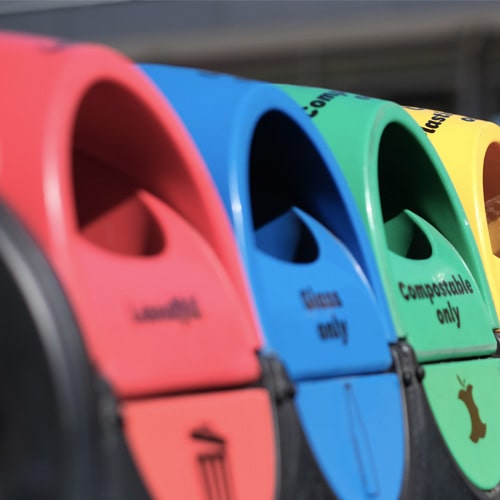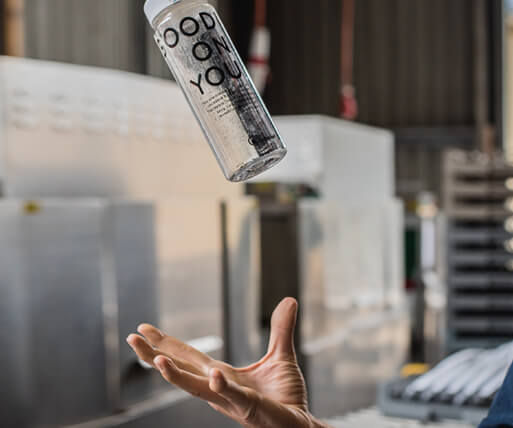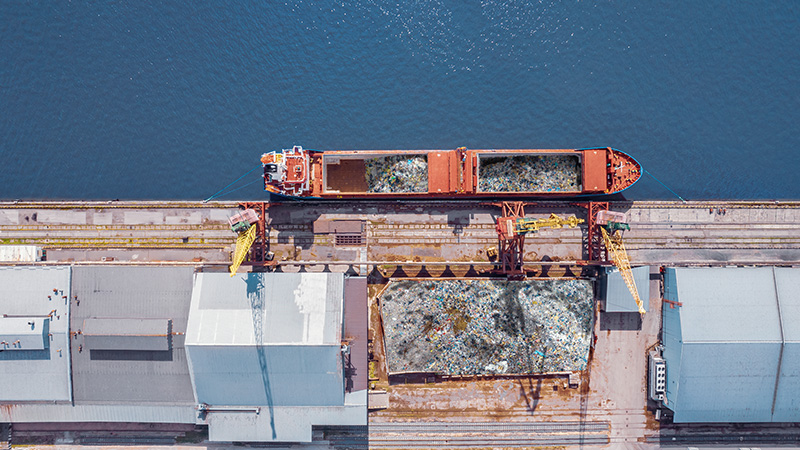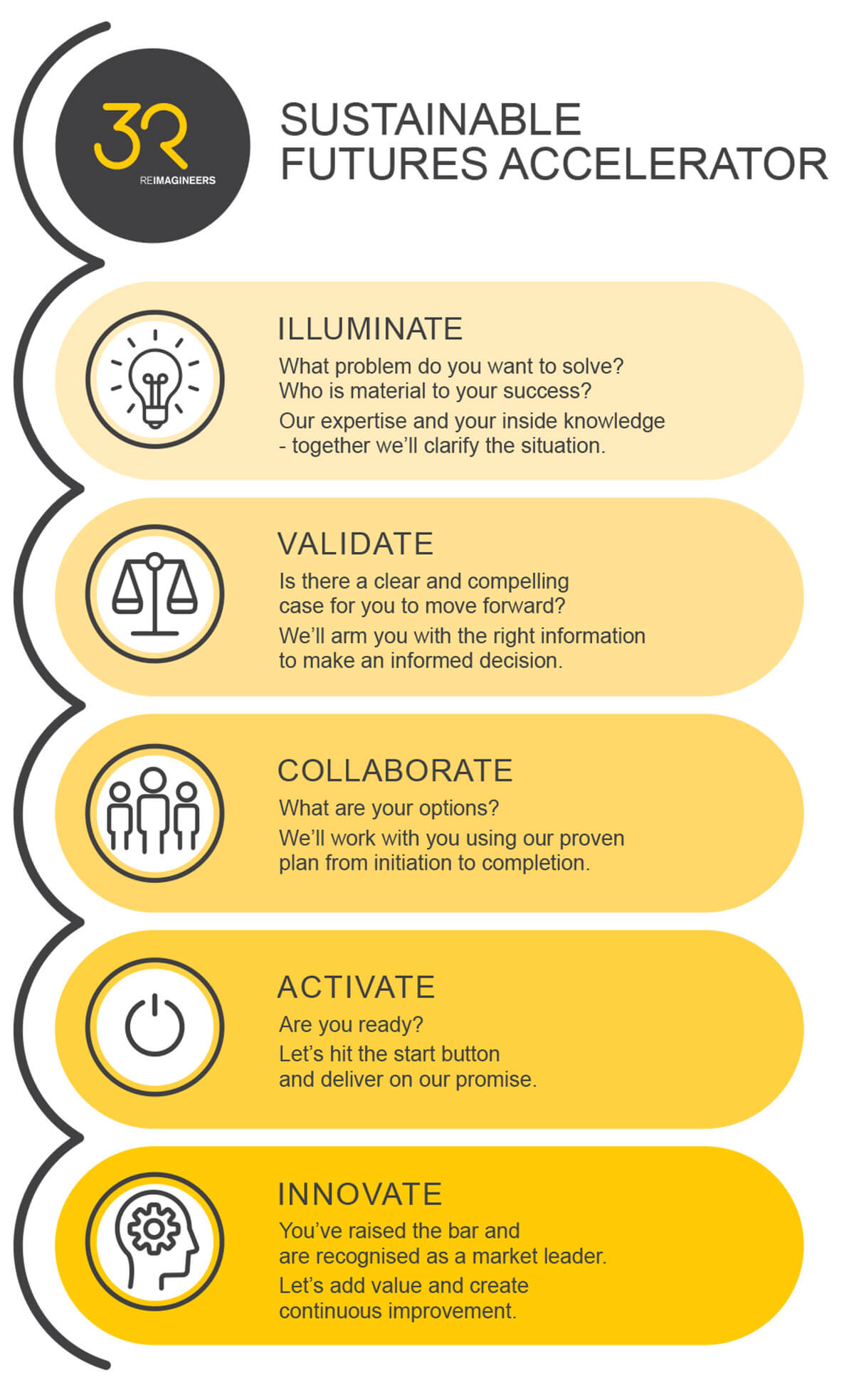Walking the line between local and global sustainability
If we want to live in a sustainable New Zealand then we have to move to a circular economy where resource use is maximised and waste is eliminated.
A big part of this is using product stewardship to ensure products are properly dealt with at the end of their life. Ideally this means they are dealt with onshore where they are reused, repurposed, or recycled. For a country like New Zealand though, with limited onshore processing and markets, the use of international options is often unavoidable.
There are steps which can be taken further up the pipeline, like the recent plastic bans which restrict the single-use plastic entering the New Zealand market to just those which are recyclable in Aotearoa. Despite this though, the capacity for the country to recycle all the single-use plastic collected is limited, with thousands of tonnes having to be exported each year.
Paper, cardboard, and cans have a similar problem – the capacity to process everything we collect isn’t there, so we rely on overseas markets. It’s either that or landfill.
When it comes to steel New Zealand Steel claims their product contains 5% recycled pre-consumer scrap. A major partnership between the company and Government earlier this year will see half NZ Steel’s coal use replaced with electricity, massively reducing emissions.
Glass bottles and jars are the only material recycled exclusively onshore, at Visy Glass in Auckland.
Making our problem someone else’s
The issue with sending all this material offshore is there is the very real chance it could end up polluting other countries or even enable human rights violations by unscrupulous recyclers.
A recent NZ Herald article points out that Government officials aren’t sure what happens to the plastic we send overseas for recycling. It’s an issue which has been widely covered and isn’t limited to New Zealand.
News reports, images and social media posts over recent years have often pointed fingers at a few developing nations like Malaysia and Indonesia for the literal rivers of plastic flowing into the sea. What people in developed countries, like New Zealand, need to remember is this material is actually our plastic – sent overseas to be recycled. A lack of oversight, both by the receiving country and those sending the recyclables, means a fair chunk of it ends up being dumped.
The focus on plastic is because of its impacts on the environment when littered or burned as fuel. But an argument can be made that it’s unethical to send any waste material to another country without knowing it won’t negatively affect its people and environment.
This is why in 2021 a New Zealand introduced a permit system for exporting mixed and difficult to recycle plastic. The permit requires, among other things, permission from the receiving country and that the exporter makes sure the plastic will be dealt with in an environmentally sound way.
Less recycling, less waste
There is also an argument to be made that making recycling easier only enables more rampant consumerism. For the average Kiwi, the act of recycling something is often enough to temper any feelings of consumerist guilt – even if they can’t be certain what they put in the recycling is recycled, or what conditions the recycling workers are faced with.
Recycling can even impact local industries. In Papua New Guinea, for example, thousands of tonnes of donated clothing is hurting local clothing manufacturers – most being small businesses.
Huge bales of donated clothing arrive on a regular basis, but as much as a third of it is unsellable and ends up in landfill. A trader interviewed by Stuff considers herself lucky to find 10 good quality items in a 50kg bale.
There are benefits
In a circular economy, resources are maximised but there is always a point at which a product will have to be repurposed or its materials recycled. High value outflows are the goal.
For example, if a laptop can be refurbished or find a second life in a less intensive application, such as in a developing nation’s school system, that would be better than being dismantled and shredded. The latter does mean the valuable metals can be extracted, so this option can’t be discounted either when a product has no viable second life.
Globally, gold in electronic devices makes up approximately 7% of the world’s reserves, worth around NZ$100 billion a year. Like other recycling, e-waste recycling is labour intensive and must be done at scale to be viable. When this scale isn’t available onshore, overseas options must be explored.
Following circular economy principals of finding the highest-value outcomes for resources also means seeking innovative solutions. This may also mean sending products at the end of their lives overseas.
Verification and transparency
We can’t lose sight of the fact recycling is an international business, with just about every country being reliant on export and import.
A big part of the solution ultimately comes down to our ability, and willingness, to ensure there is verification in place when we export materials. This should provide transparent and traceable verification around what the outcomes are, what waste was produced, as well as information around environmental and employment standards and practices, and how they are being met.
One example is the end market verification which Tyre Stewardship Australia uses and which Tyrewise, New Zealand’s first regulated stewardship scheme for end-of-life tyres, is looking to adopt.
This is an environmental, social, and governance (ESG) risk management tool which independently verifies that the supply chain is operating to the same legal, environmental, and ethical standards as the scheme collecting and exporting the tyres.
This sort of tool also minimises ESG risks to an organisation and its stakeholders while helping gain sustainable advantage in end markets.
The Government is working with international partners on a plastics treaty, with shared goals to eliminate plastic waste by 2050.
Becoming a sustainable society and tackling climate change is a global issue. While New Zealand must do its part, build onshore capacity and innovation. But we also need to leverage the opportunities presented by our neighbours, both near and far.







